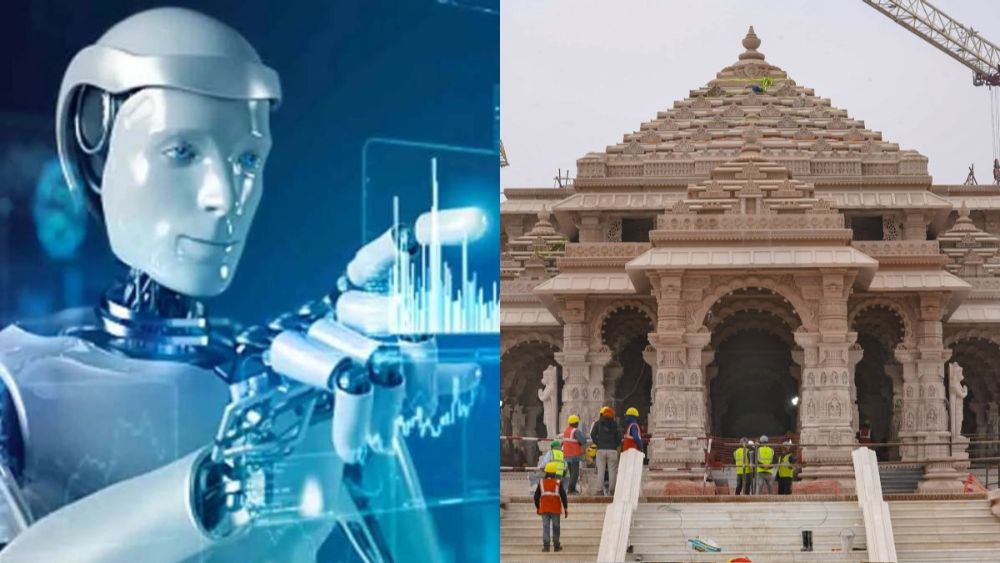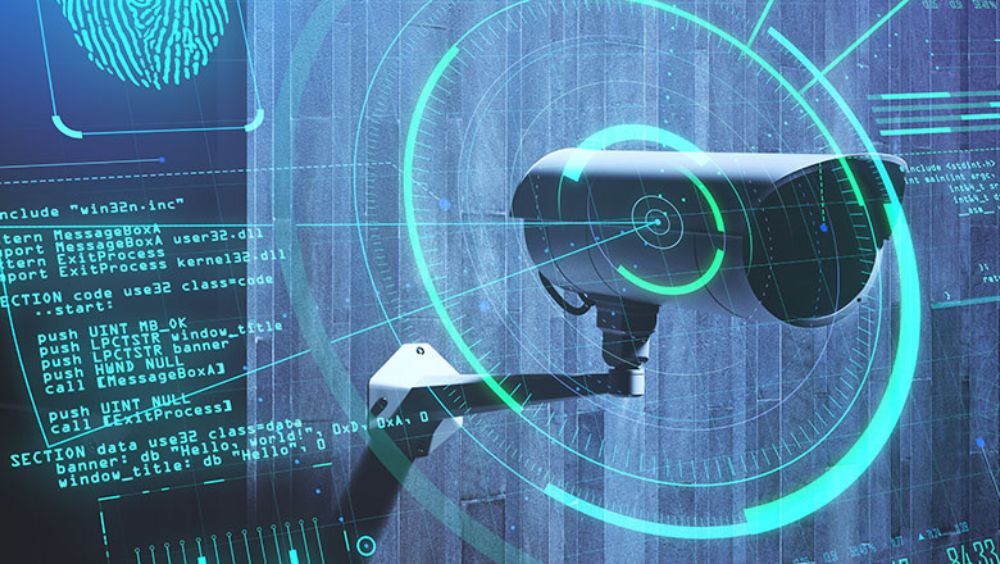In a historic event set to take place on January 22, the consecration ceremony of the Ram Mandir (Ram Temple) in Ayodhya is poised to be one of the grandest occasions in recent times. The ceremony, known as ‘Pran Pratishtha’ in Hindu mythology, will witness the participation of distinguished individuals from various backgrounds, with Prime Minister Narendra Modi expected to play a significant role by installing the idol of Lord Ram. Notably, this monumental event will be live-streamed at the iconic Times Square in New York City, symbolizing the global significance of the occasion.

To ensure the safety and security of the ceremony and its attendees, the authorities have left no stone unturned, leveraging cutting-edge technologies and high-tech gadgets. The Department of Telecommunications is employing advanced measures, including AI-based CCTV cameras, X-ray luggage scanners, and Under Vehicle Scanning System (UVSS), to create a foolproof security framework around the Ram Temple.
The use of artificial intelligence in surveillance is taking center stage in Ayodhya’s security plan. Staqu Technologies, an AI firm based in Gurgaon, is set to deploy its advanced AI-powered audio and video analytics platform, Jarvis, for real-time security surveillance. This platform will utilize facial and number plate recognition to actively monitor the event for potential threats and suspicious activities, promptly notifying authorities in case of any incidents.

The deployment of UVSS technology adds an extra layer of security by identifying vehicles carrying hidden explosives, weapons, or hazardous materials. The KritiScan 100100 H X-ray baggage scanner, designed for high-security environments, will play a crucial role in accurately identifying forbidden objects through real-time X-ray images.
One of the standout features of the AI technology being employed is its capability for reverse facial recognition. If authorities possess intelligence about an individual who may instigate disturbances, Jarvis allows users to provide an image of the person, prompting the software to scour the camera’s archives for any past video recordings.

Moreover, the surveillance cameras are equipped with Automatic Number Plate Recognition (ANPR) capabilities. By tapping into the government’s vehicle registration database, such as e-vahan Parivahan, authorities can swiftly detect vehicles with counterfeit license plates.
The versatility of the AI technology extends beyond humans, with the ability to identify cars based on distinctive signatures or markings. The surveillance cameras can conduct attribute-based searches, recognizing individuals from a group based on specific attire, colors, accessories, the presence of a child, and more.
In addition to these technological advancements, multiple teams from the National Disaster Response Force (NDRF) have been deployed in Ayodhya. These teams are trained to handle a range of emergencies, including chemical, biological, radiological, and nuclear attacks, as well as natural disasters.

As Ayodhya prepares for this historic event, the seamless integration of advanced technologies and high-tech security measures promises not only a grand and culturally significant ceremony but also ensures the safety of all attendees through meticulous planning and deployment of state-of-the-art surveillance systems.
